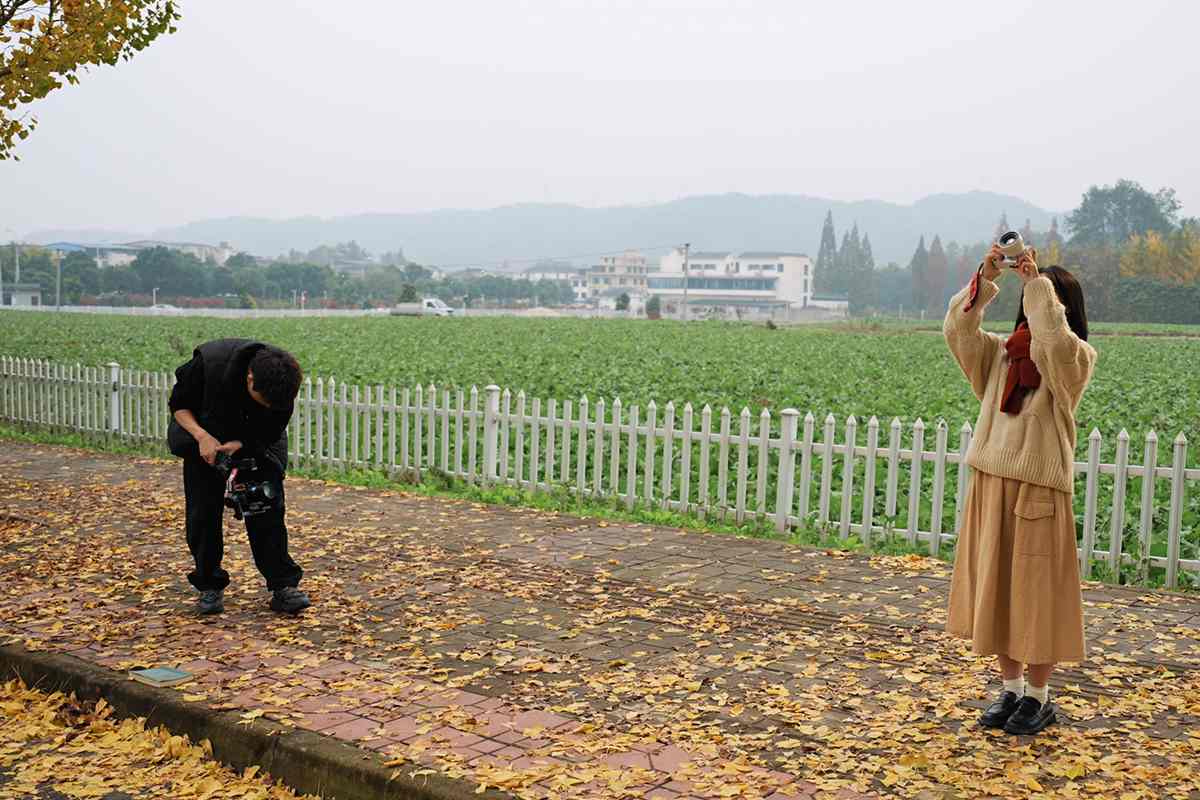Do you want to buy the best camera for videography this year? Then read our article. We explain what you should look for in your video camera equipment and which anamorphic lens you should use for cinema-quality results.
Anamorphic video content is the highlight
It is an exciting time for content creators and professional videographers. The industry is undergoing a profound transformation thanks to the increasing availability and affordability of anamorphic lenses, which were previously limited to big-budget productions. The characteristic widescreen format and distinctive blue lens flares of anamorphic lenses were once reserved only for high-budget film studios due to their complex optical design, demanding manufacturing process, and high costs.
Finding and evaluating the best camera for videography according to your budget and requirements is now more exciting than ever. You now get not only better resolution and other traditional specifications but also a camera body that works with anamorphic lenses to create cinema-quality content without spending thousands of dollars.
When choosing the best camera for videography, pay attention to the following main features:
– Full-frame sensor
– In-camera de-squeeze function for anamorphic footage
– High dynamic range (HDR) for cinema-quality results
– STM or compatible autofocus system
– Strong low-light performance
Based on all these criteria, we have selected these three cameras, all of which we have tested and which were the best in 2025.
- The Canon EOS R & Cinema EOS series is the first choice. These cameras fully utilize the advantages of anamorphic lenses thanks to their standard anamorphic de-squeeze function and also offer 8K resolution as well as cinema-quality RAW light and ProRes RAW (external). This helps videographers make the most of the strengths of anamorphic lenses.
These cameras are equipped with a 45MP full-frame sensor, work flawlessly with their Dual Pixel CMOS AF II, and produce industry-standard shallow depth of field with the f/1.4 aperture. The Canon R6 Mark II from the same product line also supports 4K full-frame video at 60 frames per second but offers better battery life. So if you need more battery power outdoors, this model is worth considering.
2. Next come the Panasonic Lumix S1H II/S5R and the S5 IIX Mark II. We found that both are excellent camera bodies for use with an anamorphic lens when it comes to shooting cinema videos. The brand has long had a good reputation for video cameras, and this reputation remains with these two camera models.
You can record videos with a resolution of up to 6K and have the special advantage of open-gate options ranging up to 6K at a 3:2 aspect ratio, 4.1K at 4:3, and 5.9K at 16:9. This is a big advantage for videographers. You also get an excellent phase hybrid AF system, standard options for in-camera de-squeezing of anamorphic lens videos, as well as one of the best IBIS and stabilization mechanisms in the industry. If the high price does not bother you and you are satisfied with a 6K resolution (which you should be), the Panasonic Lumix S1H II/S5R (also S5 IIX Mark II) is undoubtedly the best camera for videography with anamorphic lenses this year.3. And last but not least, there is the Sony FX2, a compact model from the company introduced in 2025 as an entry-level camera for videographers. The camera features a 33-megapixel full-frame Exmor R sensor that delivers razor-sharp videos even in extremely low light conditions with a high ISO extension of up to 102,400. An excellent choice if you are looking for a compact camera and appreciate Sony’s ecosystem and autofocus systems.
Best anamorphic lens 2025:
These three cameras were able to fully unleash their optical potential in tests with the SIRUI AURORA Series 85mm F1.4 Full-Frame Autofocus Lens and close the gap between realistic autofocus performance and the artistic depth of videographers. The SIRUI AURORA 85mm f/1.4 is a full-frame lens specially designed for anamorphic films. With its high aperture of f/1.4, it delivers smooth bokeh and beautiful horizontal lens flares, making it an excellent choice for filmmakers on a budget.
The result is footage with easy de-squeezing in-camera or in post-production, maintaining the typical cinematic aspect ratio of 2.39:1. The Aurora also uses next-generation super-fast stepper motors for silent focus transitions and ultra-fast tracking during recording. The lens works flawlessly with Canon R, Panasonic S-series, and Sony FX cameras and delivers consistent video quality.The lens also supports the BIONZ XR image processor of the Sony FX2 to fully exploit its potential for high-quality videos and photos. Panasonic’s reliable autofocus systems also work with the SIRUI Aurora, enabling videographers to shoot Hollywood-quality content on a small budget with one of the best camera bodies available this year.
Conclusion:
In 2025, both content creators and film studios strive for more creativity in their videos using anamorphic lenses. The best camera for videographers is the one that fully exploits the potential of such lenses, like the three cameras mentioned above from different brands. The SIRUI AURORA works excellently with all three cameras and delivers industry-leading cinema results at an affordable price





